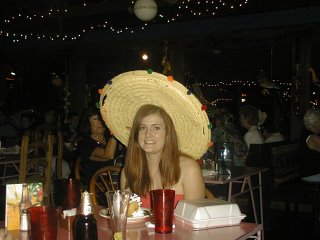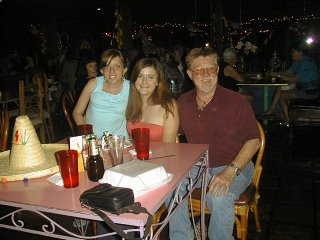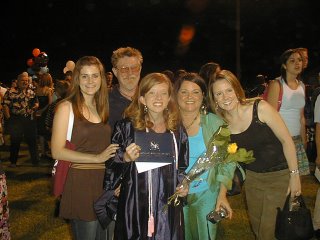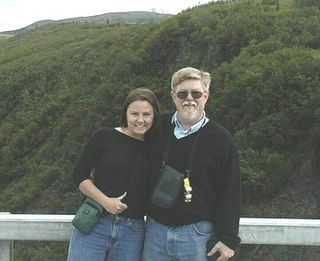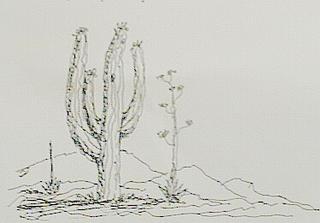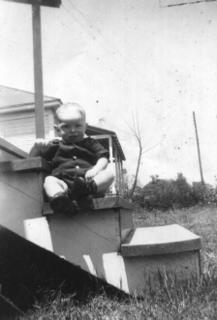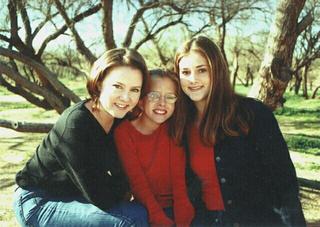"How many languages do you speak?"
That's the question that linguists get all the time, and of course, it's meaningless in the way people mean it. Often we linguists are analyzing and studying languages that we don't know well--that we sometimes don't even speak.
This weekend, though, I was cleaning out some storage with my middle daughter, Carissa, and I ran across some ephemera from my life as a linguist in an old file cabinet--things I'd forgotten--my old Arabic notes and two papers I'd written from them, my Tagalog notes, a handout on Bahnar (a Mon-Khmer language from Vietnam) reduplication and speech play, some transcriptions of Ayta hunting stories from the Philippines, and more.
It brought back a question that Camille, my oldest, asked me one night driving in the car. "Dad, how many languages have you worked with?" That night we tallied all the languages I could remember some involvement with and both of us were a bit surprised.
So, to reprise...
When I was in Junior High, I used my lunch money and bought my first book on another language--a German dictionary and began learning some words and reading the grammar notes in it.
Later, still in Junior High, I plunked down my lunch money and bought another book and started studying Russian. I didn't get far, but it was fun knowing something that absolutely no one else in my small Arkansas hometown did!
Then when I hit High School, I took my first actual language course--Latin--and it was revelation seeing where so much of our English vocabulary came from.
The next year, I took French.
My first year in college, I returned to German taking a class at the Citadel. I was doing so well that my instructor, a former colonel in military intelligence began talking to me about pursuing a career in intelligence. This was in 1969 at the height of the cold war, and German was one of the hot languages since Germany and Austria were hotbed countries. Unfortunately (?), I broke my leg through the knee playing football and ended my military career before it began.
The next year, I took French again--this time in college.
In the early 1970's I made my first trip into Mexico, driving all the way to Iguala, Guerrero and then making my way onward to la tierra caliente--the hot country of Guerrero and Michoacan. On that trip I began learning Spanish.
A few years later in the middle 1970's, I was helping Al Baker, a quadriplegic friend, run Casa Hogar de Los Niños in Oaxaca, Mexico. At Casa Hogar, I was living with a Mexican family and several orphaned and handicapped children. That's where my Spanish really comes from. Also when I was living in Oaxaca, I began learning some Zapotec and some Mixtec--two of the larger language groups in that very linguistically diverse state.
It was in Oaxaca that I met Lorraine. In 1978, I was back in the US and married and studying linguistics. While in Dallas, I spent 3 months studying Palestinian Arabic as a field methods language. That is, I was learning it as a linguist with a speaker of the language--no grammar books--gathering my own data and analyzing the sound system and grammar and producing two papers from my notes.
Later, Lorraine and I both took two courses one summer that were offered together by Bob Longacre: Trique (as a nonIndo-European language) and Historical and Comparative Linguistics using the Otomanguean language family as the exemplar. We studied Trique (the first language recognized to have 5 levels of tone) in depth, and focussed on the Zapotec, Mixtec, Trique, Chinantec, and Otomi languages in the other course. We had to work with each of those languages in homework, papers, and exams.
Later, as I was finishing my early linguistic studies, a friend who wanted us to come to the Philippines suggested I do a comparative reconstruction project on the southern Mindanaon languages including Tboli and two varieties of Blaan. In preparation, I also studied Tiruray and one variety of Bagobo that were rumored to be related (though I eventually decided they were not closely enough related to be included in my study).
When we arrived in the Philippines, I spent several months in language school studying Tagalog. Then later, I began surveying unwritten languages--which was to be the focus of my linguistic career for more than 20 years.
The first language survey I ever did was of the negrito peoples speaking Ayta languages living on the Bataan Peninsula, around Mt. Pinatubo (which later erupted scattering many of the Ayta from their homelands), and in the mountain jungles stretching as far north as Botolan. In that survey, we discovered that there were 5 distinct Ayta languages in that area.
(to be continued)
1. German
2. Russian
3. Latin
4. French
5. Spanish
6. Mixtec
7. Zapotec
8. Palestinian Arabic
9 . Trique
10. Chinantec
11. Otomi
12. Tboli
13. Blaan
14. Tiruray
15. Bagobo
16. Tagalog
17. Ayta
